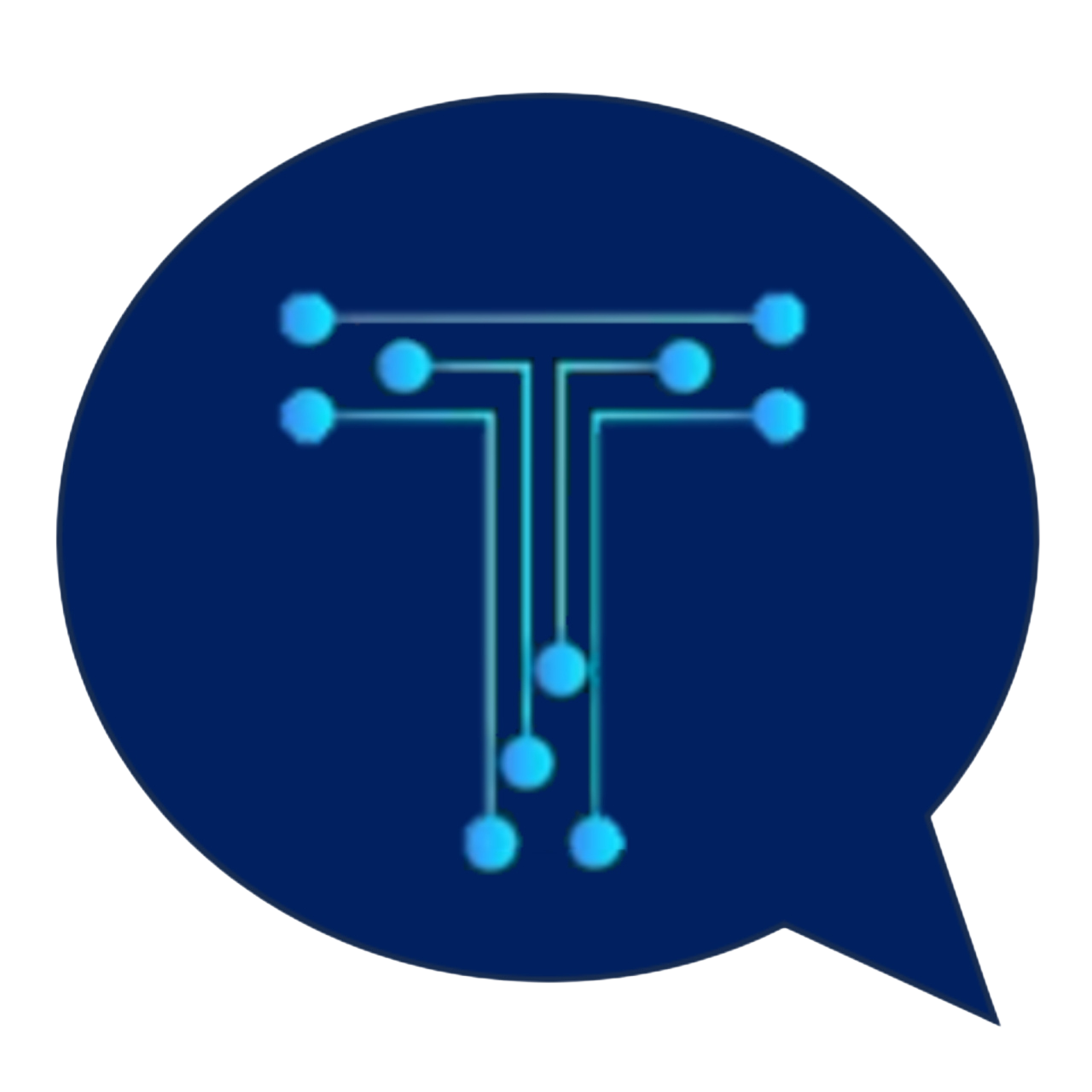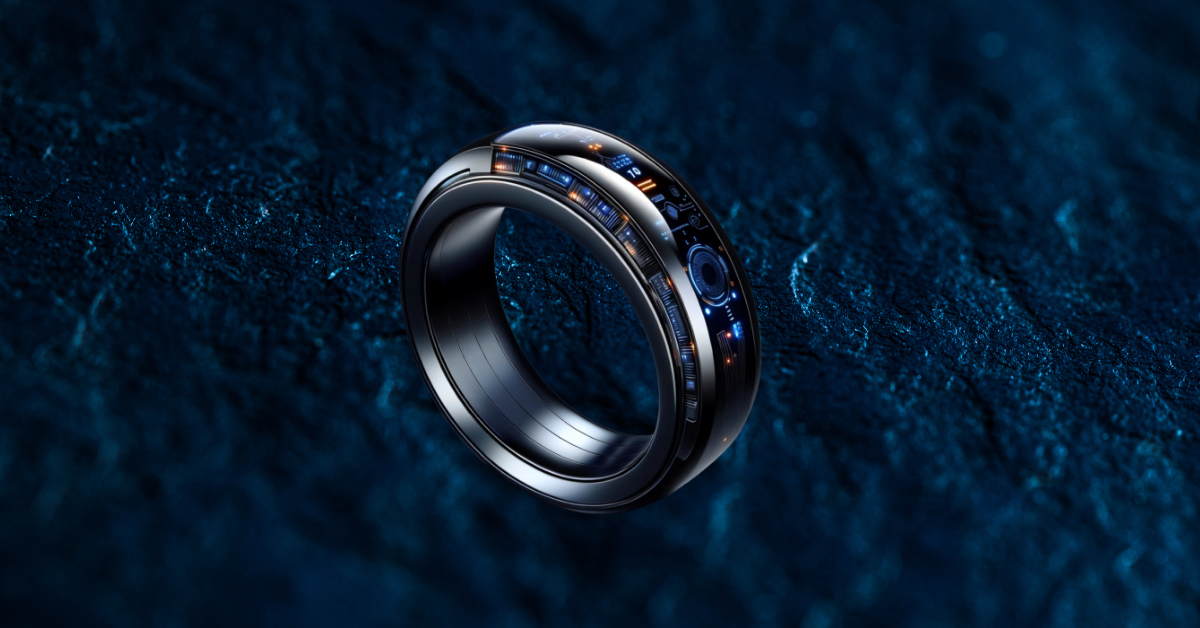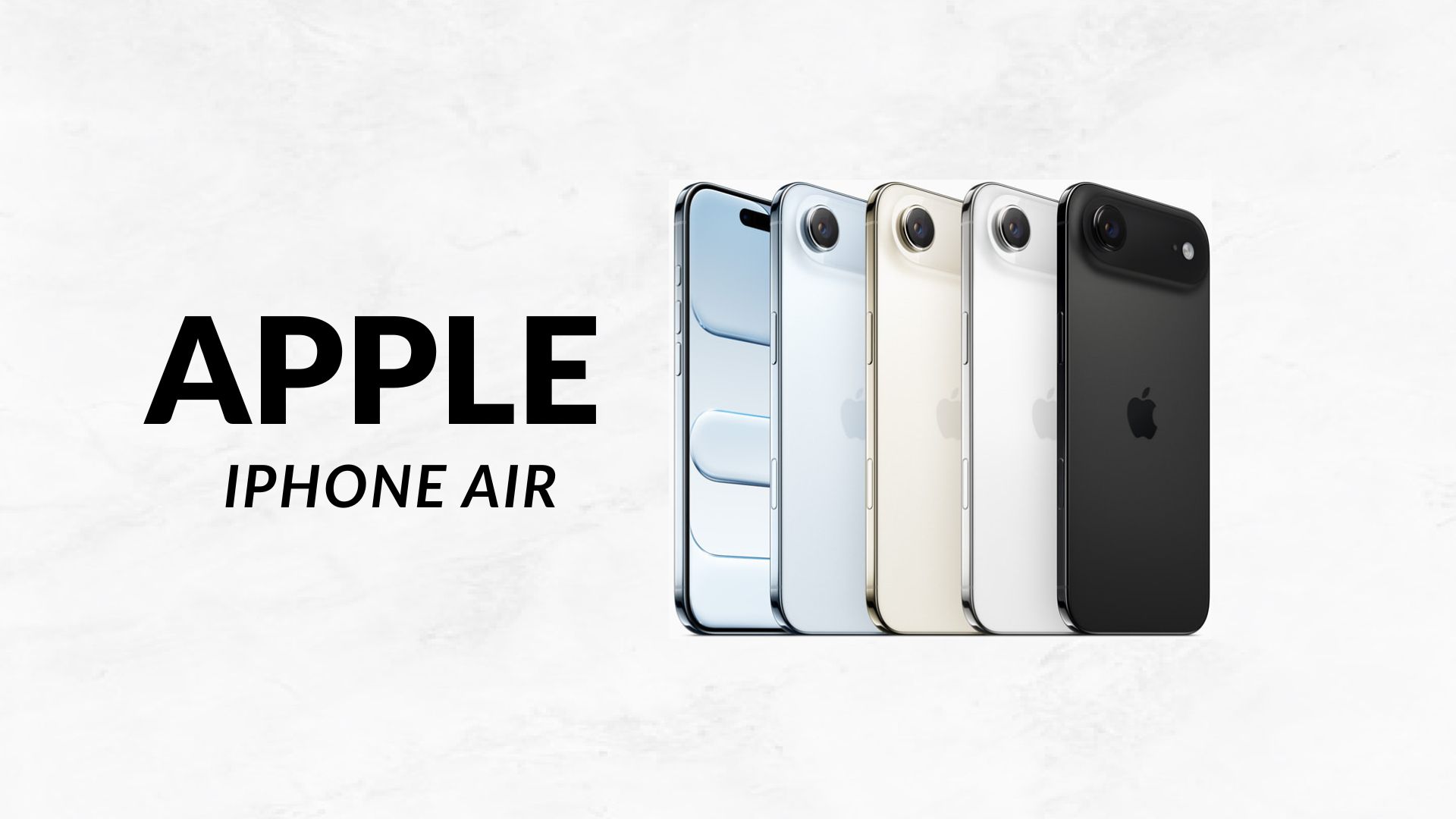Samsung has made a bold move in the wearable tech market with the Galaxy Ring, a sleek and powerful health tracker designed for those who prefer a minimalist approach to smart wearables. But does it live up to the hype? Let’s dive into its design, features, battery life, compatibility, and overall user experience.
Table of Contents
Design and Build Quality
The Galaxy Ring is a fusion of elegance and technology. It is crafted from high-quality titanium, making it both lightweight and durable. Available in three stunning finishes—Titanium Black, Titanium Silver, and Titanium Gold—it caters to different style preferences.
Key Design Features:
- Compact Size: 7.0mm in width and 2.6mm in thickness
- Lightweight: Weighs between 2.3g and 3g, depending on the size
- Comfortable Fit: Designed for all-day wear
- Minimalist Look: Blends seamlessly with daily outfits
Unlike bulkier smartwatches, the Galaxy Ring is nearly invisible yet powerful, making it a great option for those who dislike wearing a watch all day.
Health and Fitness Tracking Features
Samsung’s Galaxy Ring comes packed with advanced health and fitness sensors that provide real-time insights into your well-being.
1. Heart Rate Monitoring
The continuous heart rate sensor ensures that users can track their heart rate 24/7. It alerts you if it detects any unusual patterns, helping you stay ahead of potential health risks.
2. Sleep Tracking & Analysis
The Galaxy Ring offers in-depth sleep insights, including:
- Sleep duration and efficiency
- Sleep cycle stages (light, deep, and REM sleep)
- Sleep coaching for better rest
Samsung has integrated AI-driven sleep coaching, making it one of the most advanced sleep-tracking wearables on the market.
3. Activity and Workout Tracking
The ring automatically detects various activities, including walking, running, and cycling, without requiring manual input. However, it lacks the extensive workout-tracking options found in smartwatches.
4. Stress and Recovery Monitoring
The built-in stress monitoring system measures stress levels and provides relaxation techniques, such as guided breathing exercises, to help you maintain mental well-being.
- SIZE BEFORE YOU BUY: Galaxy Ring sizes differ from standard ring sizes; Purchase the Samsung Galaxy Ring Sizing Kit on A…
- ANDROID ONLY: Galaxy Ring is compatible with Android smartphones.
- FITS LIKE A DREAM: Your favorite sleep tracker is now wrapped around your finger — literally; Galaxy Ring is so comforta…
Battery Life and Charging
One of the most impressive aspects of the Samsung Galaxy Ring is its long battery life.
- Battery Life: Up to 7 days on a single charge (varies based on usage)
- Charging Time: Fully charges in 90 minutes
- Charging Case: Includes a wireless charging case, which doubles as a protective storage box
Unlike smartwatches, which need daily charging, the Galaxy Ring offers a full week of use, making it more convenient for those with busy lifestyles.
Compatibility and Connectivity
The Samsung Galaxy Ring uses Bluetooth Low Energy (BLE) 5.4, ensuring seamless connectivity with Android devices. However, there are some compatibility restrictions:
- Compatible with: Android 11 and higher
- Best performance with: Samsung Galaxy smartphones
- Not compatible with: Apple iOS devices
Samsung has tailored the Galaxy Ring to work seamlessly with Samsung Health, so non-Samsung users may not get the full experience.
Unique Features
Aside from its health-tracking capabilities, the Galaxy Ring introduces some exciting new features.
1. Gesture Controls
A standout feature of the Galaxy Ring is its gesture controls. By simply pinching your thumb and ring finger together, you can:
- Take photos on your smartphone
- Dismiss alarms and notifications
- Control select Samsung devices
This futuristic feature enhances hands-free interactions, making everyday tasks more effortless.
2. Water Resistance
The Galaxy Ring is IP68 and 10ATM rated, meaning it can:
- Withstand up to 100 meters of water depth
- Be used while swimming, showering, or in the rain
This makes it more durable than many smartwatches and fitness bands.
Pricing and Availability
The Samsung Galaxy Ring launched in July 2024 with a price tag of $399.99. While it is on the premium side, its advanced health-tracking features and discreet design justify the cost.
- Release Date: July 2024
- Price: $399.99
- Available in: Select regions (check Samsung’s official website for availability)
User Experience and Reviews
Early adopters have praised the Galaxy Ring for its sleek design and comprehensive health-tracking capabilities. Here’s a look at what users love and what they feel could be improved:
Pros
✅ Lightweight and comfortable for 24/7 wear
✅ Advanced sleep tracking with AI-driven insights
✅ Long battery life (up to 7 days)
✅ Gesture controls for hands-free interaction
✅ Waterproof for swimming and daily use
Cons
❌ Limited workout tracking options compared to smartwatches
❌ Best suited for Samsung users (not compatible with iPhones)
❌ Lack of a display may limit direct on-device feedback
Final Verdict: Is the Samsung Galaxy Ring Worth It?
The Samsung Galaxy Ring is an innovative step forward in wearable technology. If you want a discreet, powerful health tracker that doesn’t require daily charging, this is a great choice. However, if you need extensive workout tracking or iOS compatibility, a smartwatch may be a better option.
Who Should Buy It?
✔️ Samsung users who want advanced health tracking
✔️ Those who dislike wearing a bulky smartwatch
✔️ Users looking for long battery life in a wearable
Who Should Skip It?
❌ iPhone users (since it’s not iOS-compatible)
❌ Fitness enthusiasts who need detailed workout tracking
Overall, the Galaxy Ring is an exciting addition to Samsung’s wearable lineup, offering a blend of style, functionality, and innovation.
FAQs
1. Is the Samsung Galaxy Ring compatible with iPhones?
No, the Galaxy Ring is currently only compatible with Android 11 and above, and works best with Samsung devices.
2. How do the gesture controls work?
Users can pinch their ring finger and thumb together to trigger actions like taking a photo or dismissing an alarm.
3. Can I wear the Galaxy Ring while swimming?
Yes! With its IP68 and 10ATM rating, the Galaxy Ring is water-resistant up to 100 meters, making it safe for swimming.
4. What sizes are available for the Galaxy Ring?
Samsung offers the Galaxy Ring in sizes 5 to 15, ensuring a comfortable fit for most users.
5. Does the Galaxy Ring require a subscription?
No, the Galaxy Ring does not require a subscription to access its health tracking features.
Final Thought
The Samsung Galaxy Ring is a step towards the future of smart wearables. It combines minimalist design with advanced technology, making it a compelling choice for users who prioritize health tracking and convenience. Ring in sizes ranging from 5 to 15, accommodating a wide range of finger sizes. Click here to go to Amazon.com








Leave a Reply